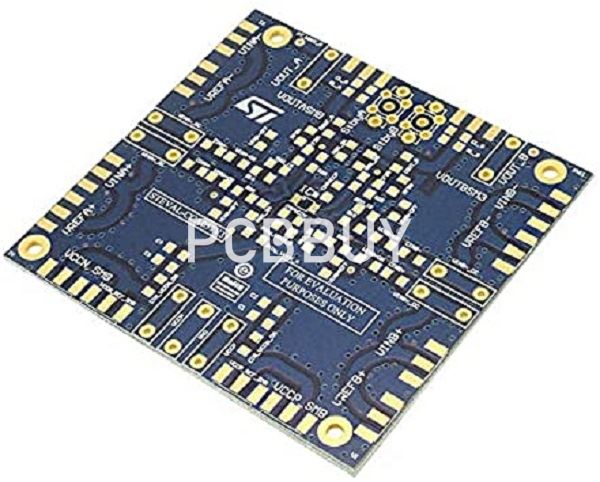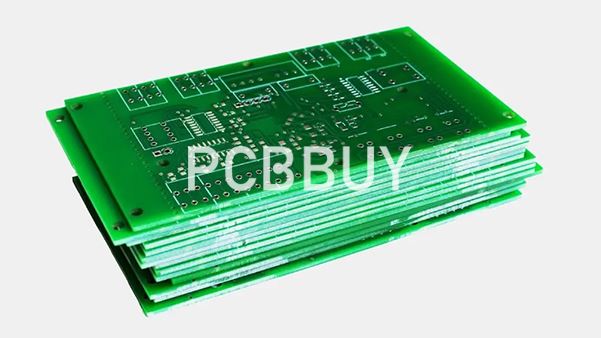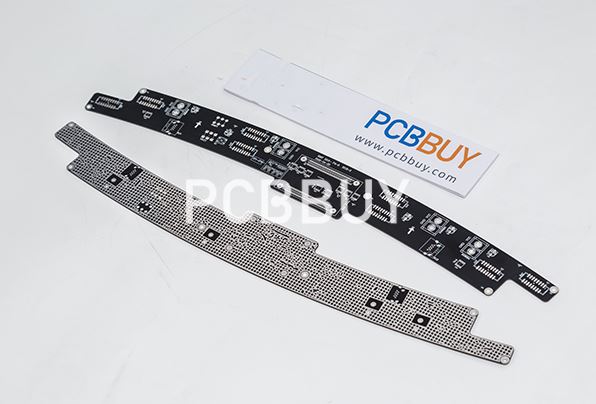Bare Board Testing
By:PCBBUY 08/26/2021 10:29

During the PCB manufacturing process bare board test is a very important to affect the performance and quality of the finished boards. And in this case, pushing your PCB into production with doing bare board PCB testing is a lot like being a puzzle manufacturer that isn’t checking for missing pieces. The result can still be angry customers, but in the PCB realm there is even the possibility of reworks, product recalls, or other collateral damage.
If you are going to learn the professional knowledge about bare board testing, please check and read the content we prepare below. Let’s go!

What is the basic introduction of bare board testing?
Simply put, it’s when you test the isolation and continuity of the electrical connections on a bare circuit board prior to attaching components such as ICs. For a quick review of EE 101:
· Isolation testing involves verifying that the required resistance between two separate electrical connections is met.
· Continuity testing involves verifying there are no open points within the circuit (i.e. no impedance to current flow).
The idea is to ensure that the circuit part of the PCB is correct, by testing it to the expected electrical footprint of your design. These tests are generally applied under 100 milliamps with a threshold between 10 and 50 ohms.
Why is bare board testing important to PCB manufacturing?
PCB manufacturing is a complicated process where copper layers are etched and hundreds of holes are drilled according to a design. Even with the aid of machines, the results aren’t always perfect. Occasionally, you’ll have issues on a few PCBs that go undetected until they are assembled and deployed.
For example, the etching process may leave a tiny piece of copper connecting two pads, or a trace may be disconnected due to mishandling or process flaws. Multilayer PCB manufacturing is even more complicated, which increases the risk of flaws on the bare board PCB.
Today’s PCBs are smaller and more densely populated than ever before. Keeping track of all those traces, vias, and through-holes across a multilayer board has never been more challenging, and its important to know that your bare PCB is solid before you start soldering expensive components on top of it. Especially if you’re dealing with SMTs and fine line mounting technologies.
While bare board testing may seem time consuming and costly at a glance, when taken in the context with the rest of production, the overall setup time, test duration, and cost are still pretty minimal. A little bit of investment into bare board testing upfront can save you time and money in the long run by avoiding field testing, repair, and maintenance costs further down the line.
If you want to avoid the terrible fate of recalling dozens of products and compensating for the loss, you’ll need to test every single bare board PCB. It is the only way to ensure that they are schematically correct before the assembly process begins. Testing also drastically reduces the number of issues when you’re running functional tests later.

What are the bare board testing capabilities?
We currently have two different types of testing equipment available to test your circuit boards; we have a number of Everett Charles ATG test machines that are flying probe, fixtureless testers and we also have universal grid testing capability. These machines use fixtures built specifically for your PCB.
Bare board testing involves using capacitance and resistance tests; each of our machines uses a combination of both. Capacitance testing for a bare board involves testing for opens and shorts by "charging" a net or plane and then probing each net to measure the induced capacity. Inaccuracies occur with this method because of the inherent variability in producing circuit boards. However field measurement or field effect testing for shorts uses a very similar approach.
· 100% Net List Test: Check of every "node" on every net on the board.
· Adjacency Test: Type of test for checking isolation between conductors - shorts test. A software generated program that checks for nets that are within a tolerance set by the user. Two methods are used - Proximity Adjacency and Line of Site Adjacency.
· Clam Shell Test: Provides simultaneous testing of both sides of the board at the same time. These types of fixtures are used on single grid testers and dual grid testers. A very reliable method of bare board testing because all points are tested at the same time.
· Combined Grid/Probe Testing: Using the flying probe test sequence to cover areas of the board with fine pitch, high density points while the grid test verifies power to ground separation, through hole and wider pitch component pads.
· Comparative or Golden Board Test: Method using a "master" or known good board (KGB) to learn a program and then test other boards against the learned net list program. Poor choice for test accuracy - you may be learning a "bad" board.
· Continuity Test: Verification that the resistance between test points is lower than the specified limit or maximum continuity resistance. See shorts and opens tests.

How to process the bare board testing on PCB?
Before you get the idea that you can assess your PCBs with a visual inspection only, I can assure you that it’s impossible to do so. Many of the shorts and disconnections are too small to be seen with the naked eye. Besides, it’s impossible to check multilayer connectivity with a visual inspection.
There are two types of bare board PCB tests available: the fixture test and the flying probe test.
The Fixture Test
This involves developing a fixture containing multiple pins that match the number of nets on the circuit. It means that you’ll have two bed-of-nails fixtures pressing the PCB from the top and bottom with the hundreds of probes making a connection with the testing points of the PCB.
The Flying Probe Test
This uses two or more probes to test all the nets on the PCB. The probe moves along the X-Y axis according to the layout programmed on the testing panel. There is no need to develop a fixture for the flying probe test, which makes it the cheaper option. However, the flying probe test is comparatively slower.
Industry Category











